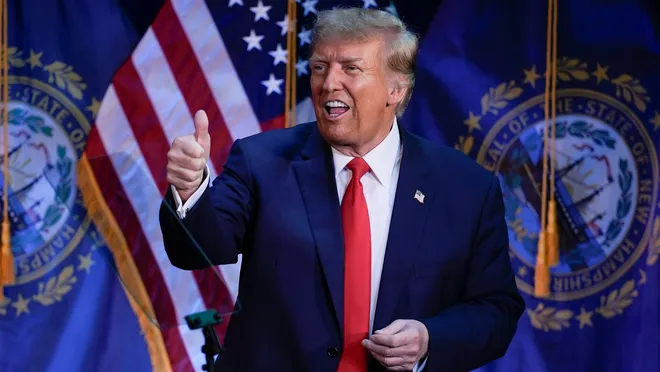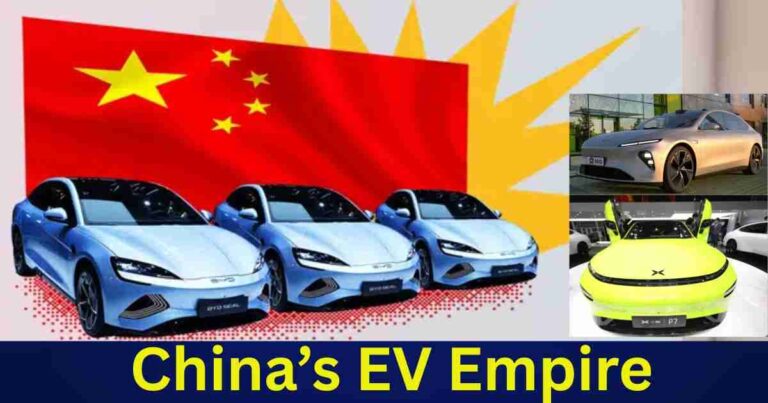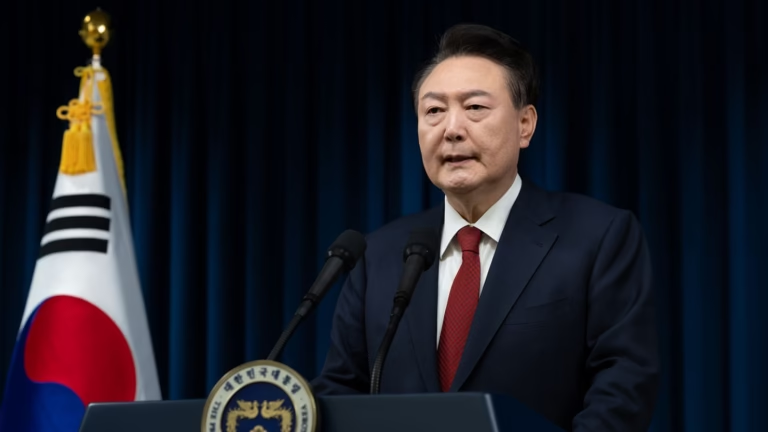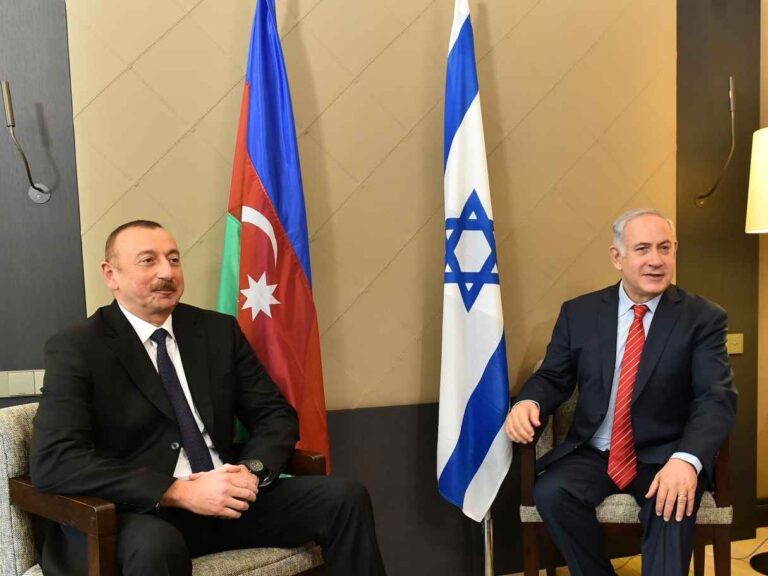US Slashes Tariff on Pakistan, Hikes India’s by 25% – Major Trade Shakeup Hits South Asia
The United States, under President Donald Trump, has announced a new tariff policy: Pakistan’s tariffs are cut from 29% to 19%, while India faces a 25% tariff increase. This change will affect the economies, exports, and regional power of both countries. Below is a simple explanation of how this impacts Pakistan and India.
Effects on Pakistan
1. More Exports to the US
- Export Growth: Pakistan sends about $5.2–6 billion worth of goods to the US yearly, mainly textiles (55%), leather (10%), sports goods (8%), and surgical tools (5%). The 10% tariff cut makes Pakistani products cheaper in the US, likely increasing exports by 15–20%, adding $1–1.2 billion yearly.
- Textile Boom: Textiles, like clothes, jeans, and bedsheets, will cost less. For example, a Pakistani bedsheet may drop from $15 to $13.50, making it cheaper than Indian bedsheets ($18). This could boost demand from US stores like Walmart.
- Other Industries: Leather goods (jackets, shoes), sports items (footballs, cricket gear), and surgical tools will also see higher demand. Pakistan makes 40% of the world’s sports goods, and this tariff cut could increase its share.
2. More US Investment
- Investment Opportunities: The US-Pakistan trade deal encourages American companies to invest in Pakistan, especially in energy, IT, and agriculture. For example, ExxonMobil might build an LNG terminal, providing cheaper energy for Pakistani factories.
- Imports: Pakistan is discussing importing US crude oil, soybeans, and cotton yarn. These could lower costs for Pakistani textile and farming industries. US cotton yarn may be 10–15% cheaper than local yarn, reducing clothing production costs.
- IT Sector: Pakistani IT firms like Netsol could get more US contracts for software and outsourcing, as their services will be cheaper than India’s.
3. Regional Advantage
- Competitive Edge: Pakistan’s 19% tariff is lower than India’s (25%), Bangladesh’s (20%), and Sri Lanka’s (22%). This makes Pakistani products more attractive in the US, especially textiles and leather, giving Pakistan an edge in South Asia.
- New Markets: Pakistan can use this opportunity to explore markets like Europe, the Middle East, and Africa. The Trade Development Authority of Pakistan (TDAP) is promoting “Made in Pakistan” products on platforms like Amazon.
4. Challenges
- China’s Competition: China pays no US tariffs, so its products are 20–30% cheaper than Pakistan’s. Pakistani exporters must lower costs and improve quality to compete.
- Global Slowdown: US inflation (over 7%) and a possible economic slowdown could reduce demand for non-essential items like clothes, hurting Pakistan’s exports.
- Production Limits: Pakistan’s industries face energy shortages, old machinery, and a lack of skilled workers. The government must invest in Special Economic Zones (SEZs) to boost production.
- Risk of Policy Change: US policies can change suddenly, especially if Pakistan’s ties with China or Afghanistan conflict with US interests.
Effects on India
1. Lower Exports
- Export Losses: India exports $83 billion to the US, including IT services (30%), pharmaceuticals (15%), textiles (12%), and jewelry (10%). The 25% tariff will make Indian goods costlier, reducing demand by 10–15%. For example, Indian medicines may rise from $10 to $12.50 per unit.
- Textile Hit: Indian textiles (sarees, fabrics, bedsheets) will lose to cheaper Pakistani and Bangladeshi products. Indian bedsheets ($18) will be pricier than Pakistani ($13.50) or Bangladeshi ($14) ones.
- IT Sector: Indian IT giants like TCS and Infosys will face higher costs, making their services less competitive than Pakistani or Filipino firms.
2. Diplomatic Tensions
- US Criticism: Trump has criticized India for buying Russian weapons (like S-400 missiles) and oil, violating US sanctions. This could lead to more penalties beyond tariffs.
- Pakistan’s Gain: Recent meetings between Pakistan’s military chief, General Asim Munir, and US officials have upset India. India calls this a shift in US priorities, straining its partnership with Washington (Quad alliance).
- China Ties: India is balancing ties with China through BRICS and border talks, but this could clash with US policies, increasing pressure.
3. Regional Losses
- Lost Edge: India’s higher tariffs give Pakistan and Bangladesh an advantage in textiles, leather, and IT. India may lose market share in the US.
- Counter Moves: India plans to challenge US tariffs at the World Trade Organization (WTO), but this could take years. India might impose tariffs on US goods (like iPhones or Harley-Davidson bikes), risking trade tensions.
4. Challenges and Strategies
- Local Production: Trump suggested India produce goods in the US to avoid tariffs, but this is costly for Indian firms like Tata. India’s “Make in India” needs better energy and less red tape.
- New Markets: India must target Europe, Japan, and the Middle East. Saudi Arabia and UAE could buy more Indian medicines and IT services.
- Economic Pressure: India faces inflation, a weaker rupee (1 USD = 83 INR), and energy shortages. Higher tariffs will widen its trade deficit.
Pakistan vs. India: Trade Comparison
| Aspect | Pakistan | India |
|---|---|---|
| US Exports | $5.2–6 billion (textiles, leather, sports) | $83 billion (IT, pharma, textiles) |
| Tariff Rate | 19% (10% cut) | 25% (added) |
| Impact | 15–20% export rise expected | 10–15% export drop expected |
| Competitive Edge | Gains over India, Bangladesh | Loses market share |
| Challenges | Chinese competition, production limits | Diplomatic tensions, new markets needed |
Long-Term Impacts and Suggestions
For Pakistan
- Boost Production: Solve energy issues, import modern machinery, and train workers. Special Economic Zones can attract investment.
- E-Commerce Push: Sell “Made in Pakistan” products on Amazon and eBay with strong marketing.
- New Markets: Target Europe (GSP+ scheme), Middle East, and Africa to reduce reliance on the US.
- Strong Diplomacy: Keep high-level talks with the US to maintain tariff benefits.
For India
- New Markets: Sign trade deals with Europe, Japan, and the Middle East to replace US losses.
- Local Production: Fix energy and bureaucracy issues to boost “Make in India.” Attract US firms like Apple to India.
- Diplomacy: Negotiate with the US instead of fighting at WTO. Balance ties with China and Russia carefully.
Conclusion
The US tariff cut is a golden chance for Pakistan to boost exports, attract investment, and gain a regional edge. Textiles, leather, and IT sectors will benefit most, but Pakistan must tackle Chinese competition and production issues. India’s 25% tariff hike will hurt its exports, diplomacy, and regional power. India needs new markets and local production to recover. This policy could reshape South Asia’s economic and diplomatic balance, depending on how Pakistan and India respond.






